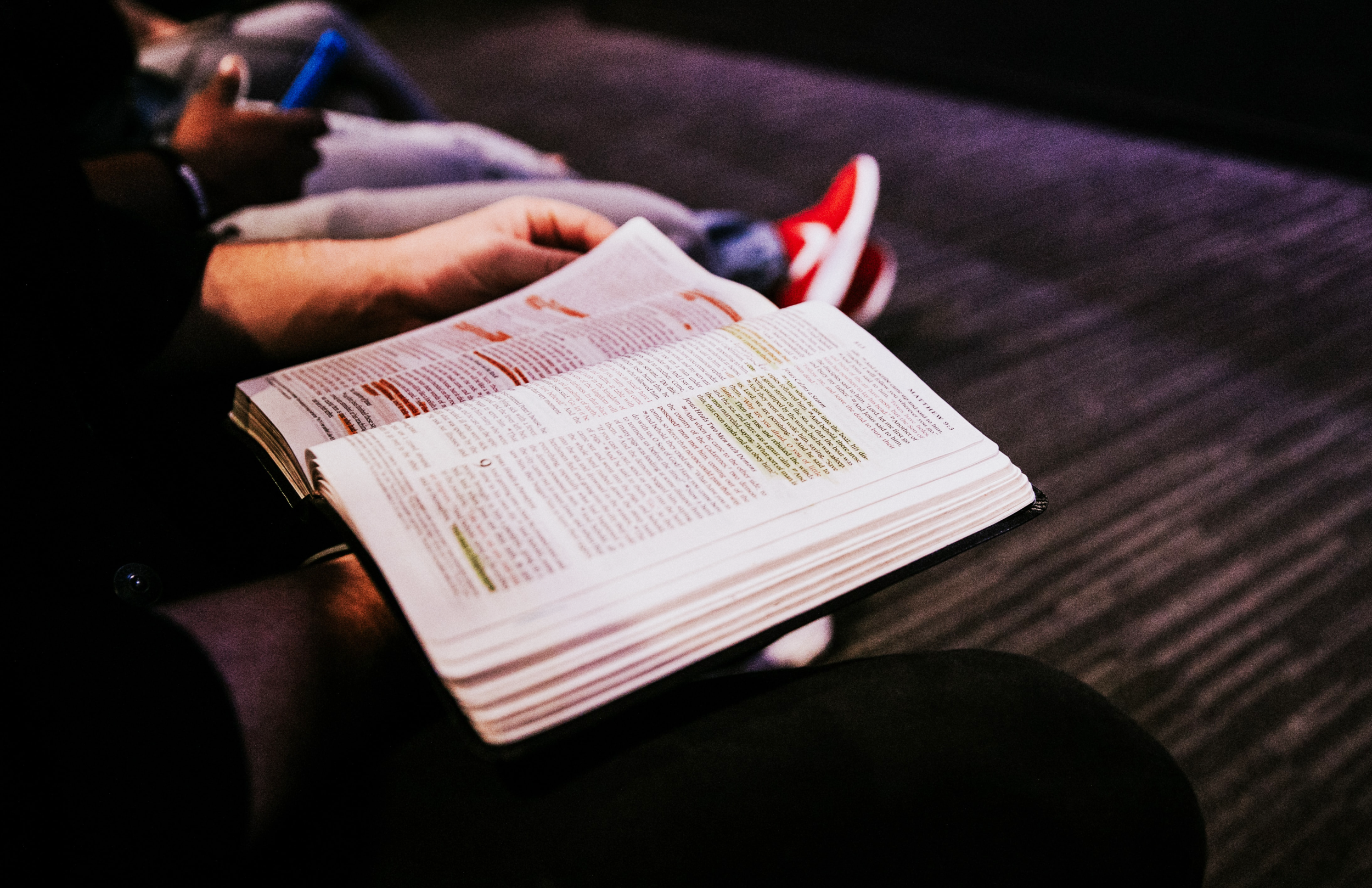Supreme Court rules for indoor religious gatherings despite COVID-19
An April 9 ruling determined that religious gatherings of three or more households in private homes are protected under the First Amendment. Unsplash
Rabbi Corie Yutkin still vividly recalls the last time she shared an in-person experience with her religious community: Shabbat dinner on the first Friday of March 2020. Yutkin, Chapman University’s director of Jewish life and a chaplain at the Fish Interfaith Center, hosted a community gathering that evening — unaware it would be her last in a shared physical space for more than a year.
“To be taken out of that element of being able to give someone a hug when they’re struggling, or to just be able to look someone in the eye and not have technical issues, has been really frustrating for all of us,” Yutkin told The Panther. “We’ve been doing everything virtually, (and) it’s not the same as being together and everyone being able to to sing together and to really worship in that connected space.”
Now, the Supreme Court has opened up the possibility of bringing religious communities together yet again.
As California loosens restrictions on indoor gatherings, the Supreme Court ruled 5-4 April 9 that previous guidelines restricting at-home religious gatherings of three or more households violate religious freedom and cannot be enforced. The ruling is the latest in a string of higher court decisions regarding COVID-19 restrictions on religious activities — including a February 2021 ruling against California’s ban on indoor church service and a November 2020 ruling that barred New York from enforcing restrictions on church and synagogue attendance in areas hit hard by the virus.
While some find this ruling a major win for religious groups, others are unhappy with the decision to create an unnecessary exemption for specific groups. Gail Stearns, the dean of the Wallace All Faiths Chapel, believes that religious groups should not be granted exemptions from abiding by COVID-19 health guidelines.
“For those of us that are people of faith, we should really value and have compassion for all the people around us,” Stearns said. “It’s hard for me to imagine asking for (exemptions) as a religious person. Why would I ask to put my community in danger?”
Yutkin believes that communities should still exercise caution, despite feeling the loss of physical human connection that was embedded in much of her faith prior to the pandemic.
The majority opinion of the Supreme Court ruling argued that California’s regulations are biased against religion due to their exclusion of religious activities, despite allowing retail stores, hair salons and sports venues, among other secular businesses, to operate.
Yutkin feels that partaking in the aforementioned activities provide more individualized service than religious gatherings call for and believes they are better equipped to adhere to public safety guidelines. She believes the suffering that businesses have endured during the pandemic is another justification.
“So many businesses have gone out,” Yutkin said. “In terms of religious institutions, our goal is to protect people. Let's just be a little bit more cautious for a little bit longer, because we don't know how long this is going to last.”
The court’s dissenting opinion felt this comparison of religious at-home gatherings to secular gatherings outside the home drew on a false equivalency, as the ban on at-home gatherings extended to secular gatherings as well.
Nancy Brink, Chapman University’s director of Church Relations and a Disciples of Christ minister, said she is a staunch believer in the separation of church and state. As a board member of the Americans United for Separation of Church and State organization, she is unhappy with religious groups that do not respect public health mandates.
“I was not pleased with these groups that have been trying to push the envelope and (host gatherings that) become super spreader events,” Brink said.
The Supreme Court’s ruling has been criticized as a move to support devout, religious communities that favor physically practicing faith over individuals’ health and safety. The confirmation of Justice Amy Coney Barrett to the court last October cemented a conservative majority, while her Catholic religious affiliation sparked debates over the line between religion and policy.
Although California already plans to change its policy on indoor gatherings due to improved case rates, the Supreme Court indicated the religious ruling was made in order to prevent the reinstatement of such policies at any time in the future.
John Compton, chair of Chapman’s political science department, said that California’s COVID-19 regulations are constitutional, which led him to believe the case may have been used to unofficially overturn a previous ruling on religious freedom in a 1990 case, Employment Division v. Smith.
“The majority of the court has shifted to a very conservative direction, and most of the new appointees are believed to be critical of (the Smith) precedent because they see it as not protective enough of religion,” Compton told The Panther. “The court is evolving right. They’ve been moving toward a new interpretation, which essentially is going to overturn the Smith precedent.”
Further, Brink believes the current makeup of the Supreme Court is a threat to the separation of church and state.
“The last three Trump appointees have been particularly open about how they think Evangelical conservative Christianity is being put upon by society, which I think is ridiculous,” Brink said. “I think American Christians so often wrap Christianity in a flag, to our deepest detriment.”

